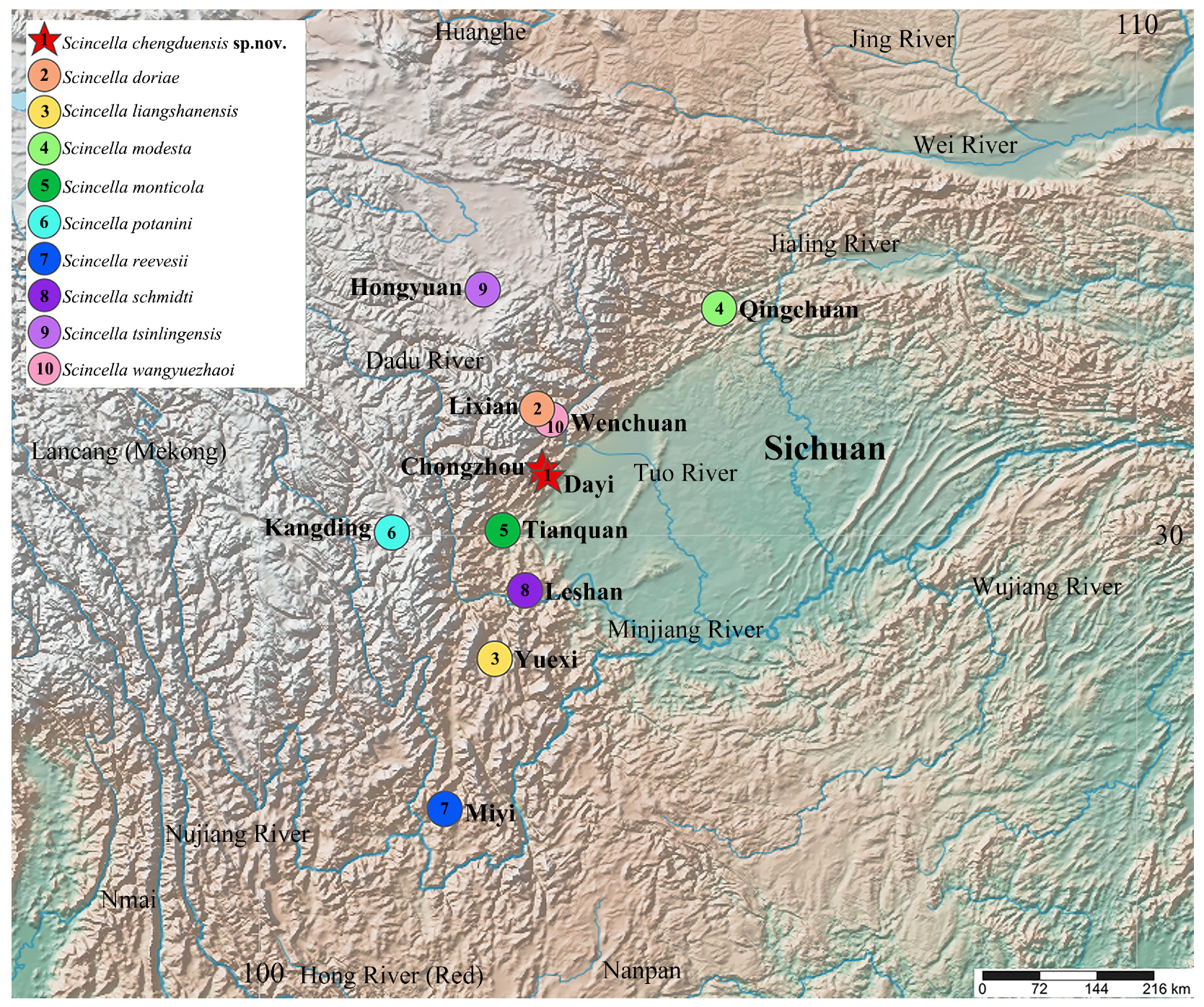2025-03-08 カロリンスカ研究所 (KI)
<関連情報>
- https://news.ki.se/fluoride-in-drinking-water-is-associated-with-impaired-childhood-cognition
- https://ehp.niehs.nih.gov/doi/10.1289/EHP14534
出生前および小児期のフッ化物曝露と認知発達:バングラデシュ農村部における縦断的MINIMatコホートからの知見 Prenatal and childhood exposure to fluoride and cognitive development: findings from the longitudinal MINIMat cohort in rural Bangladesh
Taranbir Singh, Klara Gustin, Syed Moshfiqur Rahman, Shamima Shiraji, Fahmida Tofail, Marie Vahter, Mariza Kampouri, and Maria Kippler
Environmental Health Perspectives Published:5 March 2025
DOI:https://doi.org/10.1289/EHP14534
Abstract
Background:
There are indications that fluoride exposure considered to be beneficial for dental health may not be safe from a neurodevelopmental perspective.
Objectives:
To assess the impact of prenatal and childhood fluoride exposure on cognitive abilities at 5 and 10 years of age.
Methods:
We studied 500 mother-child pairs from the MINIMat (Maternal and Infant Nutrition Interventions in Matlab) birth cohort in rural Bangladesh. Urinary fluoride concentrations were measured in the pregnant women at gestational week 8 and in their children at 5 and 10 years, using an ion-selective electrode and adjusting for specific gravity. Cognitive abilities were assessed using the Wechsler Preschool and Primary Scale for Intelligence-Third Edition and the Wechsler Intelligence Scale-Fourth Edition at age 5 and 10 years, respectively. Associations of urinary fluoride concentrations (log2-transformed) with cognitive abilities (raw scores) were assessed with multivariable-adjusted linear or spline regression models. Water fluoride concentrations were measured at the 10-year-old visit.
Results:
Maternal urinary fluoride concentrations (median: 0.63 mg/L, 5th–95th percentiles: 0.26–1.41 mg/L) were inversely associated with full-scale raw scores at 5 and 10 years (B [95% confidence interval]: -2.8 [-5.1, -0.6] and -4.9 [-8.0, -1.8], respectively, by exposure doubling). In cross-sectional analysis at 10 years, child urinary fluoride (overall median: 0.66 mg/L, 5th–95th percentiles: 0.34–1.26 mg/L) above -0.47 on the log2-scale (corresponding to 0.72 mg/L) was inversely associated with full-scale raw scores (B [95% CI]: -12.1 [-21.2, -3.0]). The association at 5 years was also negative but non-significant. For both prenatal and childhood exposure, associations were most noticeable with perceptual reasoning, but also verbal scores. The estimate for the association between urinary fluoride at 10 years and perceptual reasoning became 18% lower after adjustment for prenatal exposure. Non consistent sex-specific differences were observed.
Conclusion:
Urinary fluoride concentrations measured prenatally and during childhood (child urinary fluoride concentrations above -0.47 on the log2 scale (corresponding to 0.72 mg/L) were associated with lower cognitive abilities, especially perceptual reasoning and verbal abilities, in Bangladeshi children. https://doi.org/10.1289/EHP14534



